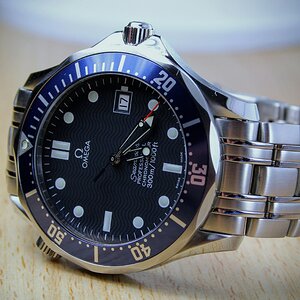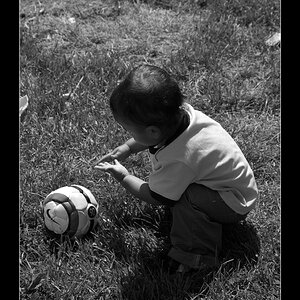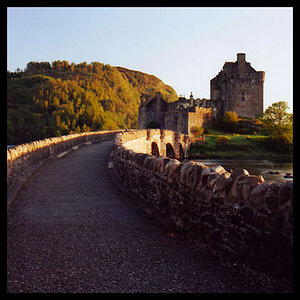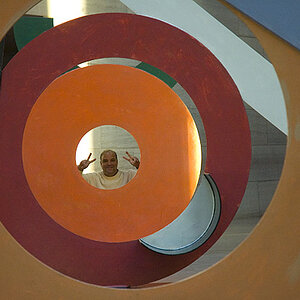Gary A.
Been spending a lot of time on here!
- Joined
- Sep 17, 2014
- Messages
- 22,357
- Reaction score
- 7,540
- Location
- Southern California
- Website
- www.garyayala.com
Or simply clean the filter. There are two schools of thought on protective filters, both swear by their opinion. If the filter cleans up properly, shoot the same subject with and without the filter and look for IQ degradation between the two. Then form your opinion. I find it easier to replace a filter than a front element.
Protective filters do increase the propensity for flare and ghosting. Typically, the more expensive the filter the greater the coatings. More coatings lessen the occurrence of flaring and minimize said flare. Generally you will be able to see the flare/ghosting in the viewfinder and then you can remove the filter or change your camera position.
If I shot in a controlled environment, ala studio, I probably wouldn't use protective filters. But I don't and I find protective filters cheap insurance.
Protective filters do increase the propensity for flare and ghosting. Typically, the more expensive the filter the greater the coatings. More coatings lessen the occurrence of flaring and minimize said flare. Generally you will be able to see the flare/ghosting in the viewfinder and then you can remove the filter or change your camera position.
If I shot in a controlled environment, ala studio, I probably wouldn't use protective filters. But I don't and I find protective filters cheap insurance.
Last edited:


![[No title]](/data/xfmg/thumbnail/32/32630-d78de94d84be2acf57d5e0923482b4da.jpg?1619735552)
![[No title]](/data/xfmg/thumbnail/35/35929-8650428697cfb142a7b9a4e8ef731178.jpg?1619737232)


![[No title]](/data/xfmg/thumbnail/35/35927-3dea4a63711f7a2bbdbb2abd760fcc04.jpg?1619737232)


![[No title]](/data/xfmg/thumbnail/32/32805-61ca9a4fb87d37c0ef4f991ac1705e1f.jpg?1619735667)
![[No title]](/data/xfmg/thumbnail/31/31704-42c2fcbcc4b6ba8c2c5ae54202cad6ec.jpg?1619734963)
![[No title]](/data/xfmg/thumbnail/32/32632-476f3d925401f13cffe1cc2b41945614.jpg?1619735553)

![[No title]](/data/xfmg/thumbnail/40/40289-d47f888aadd01e2147ff6cfe4b94f2be.jpg?1619739409)